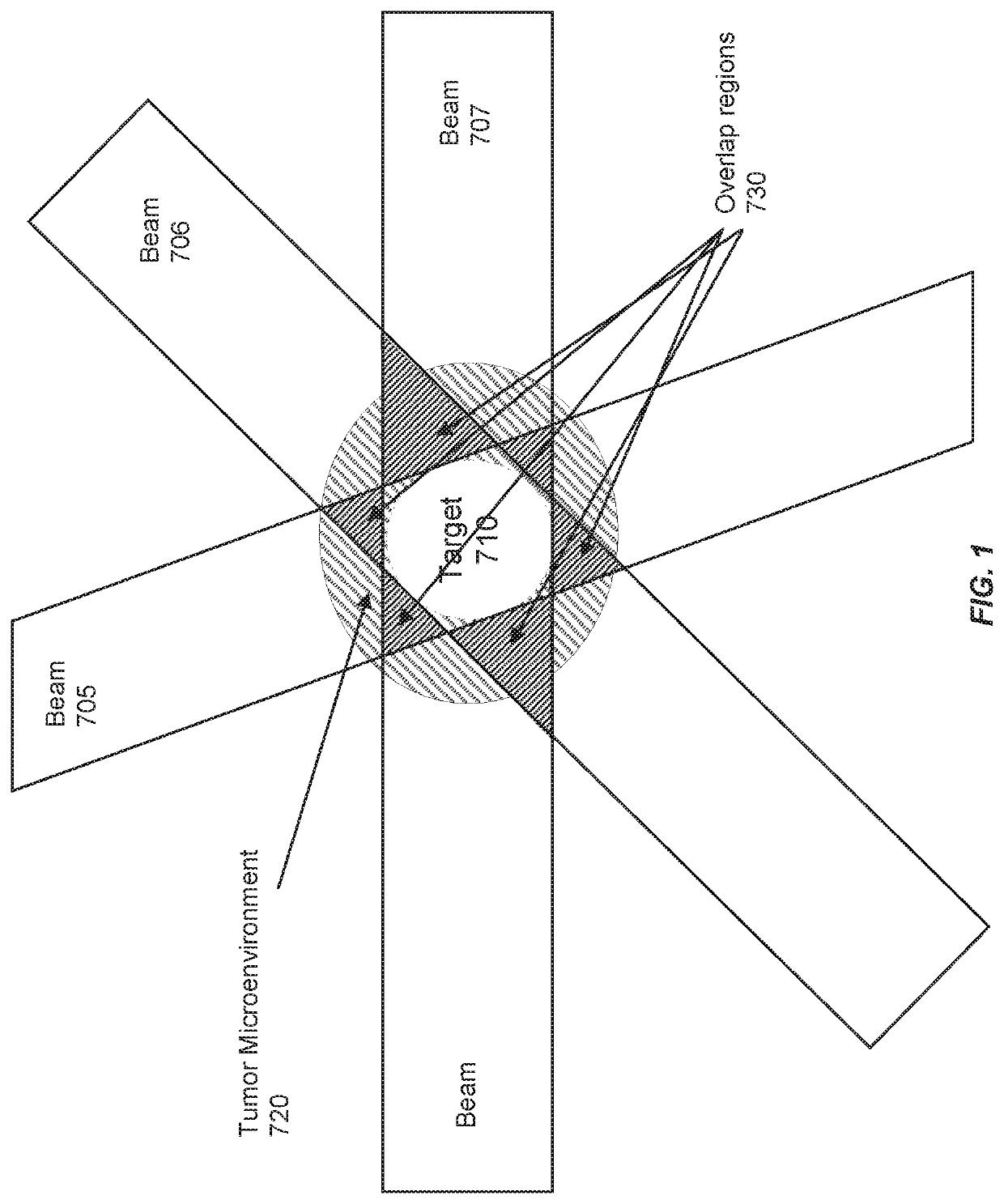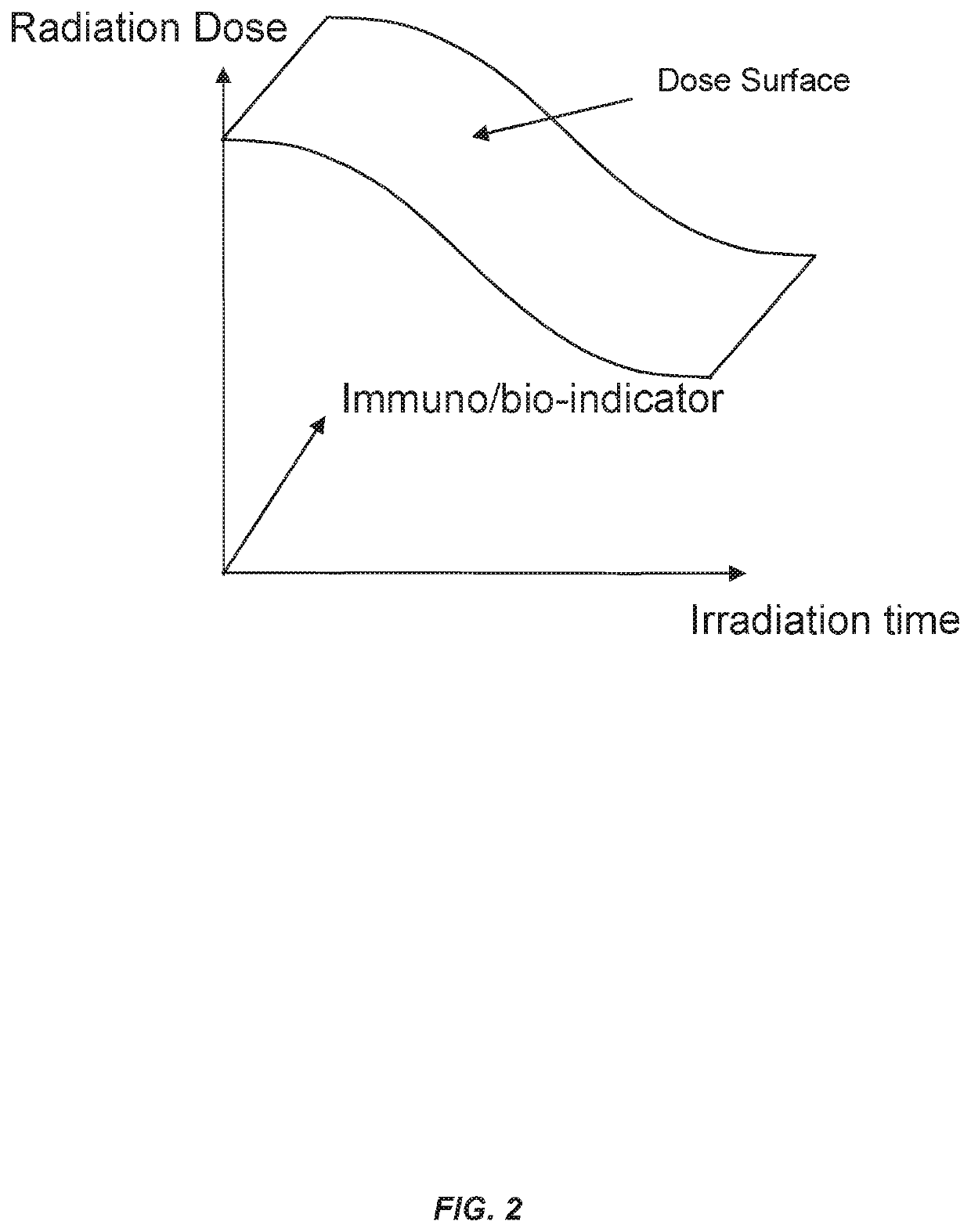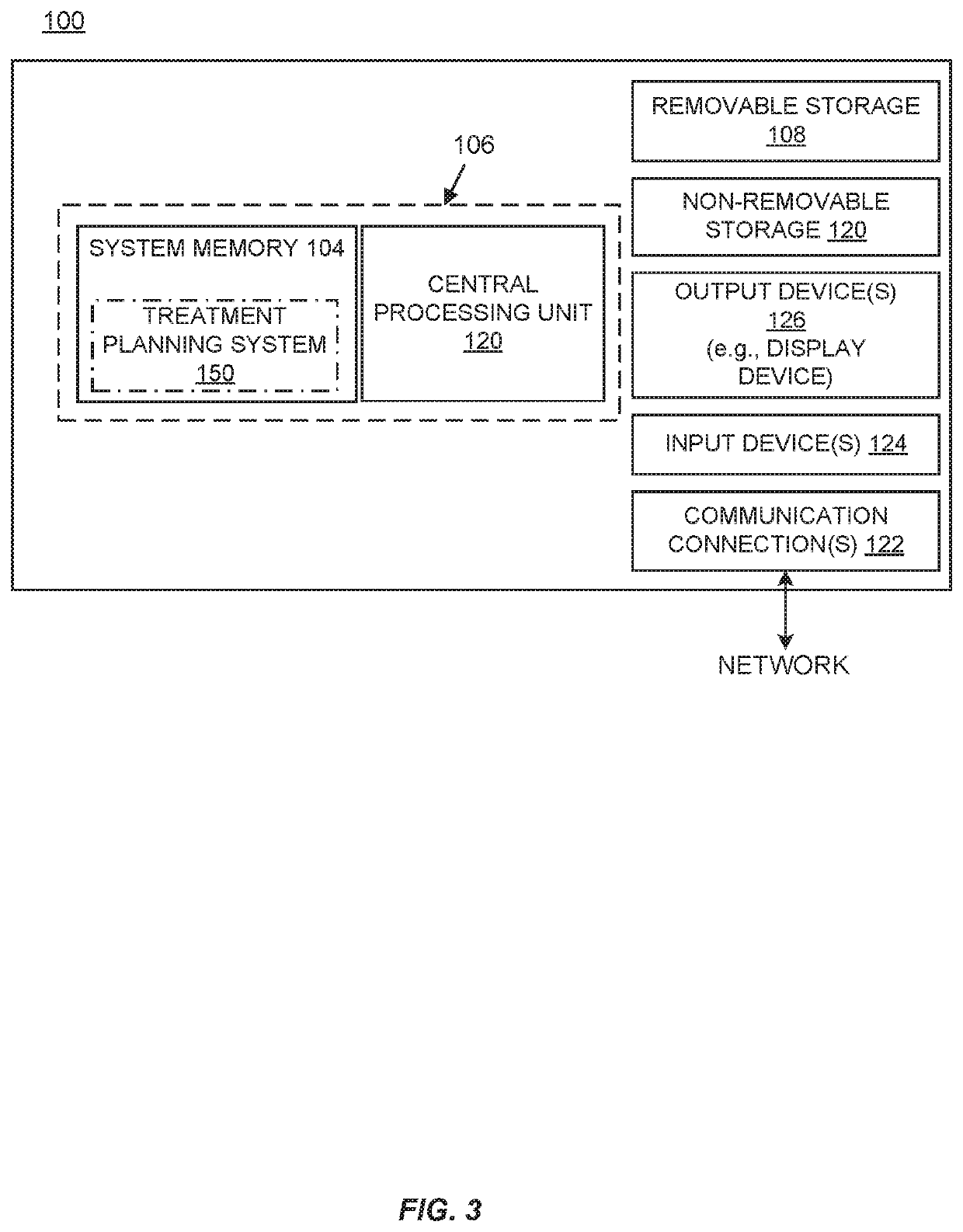Methods of use of ultra-high dose rate radiation and therapeutic agent
a radiation and ultra-high dose technology, applied in the direction of ict adaptation, drug composition, therapy, etc., can solve the problem that the immunosuppressive microenvironment does not have an opportunity to fully develop
- Summary
- Abstract
- Description
- Claims
- Application Information
AI Technical Summary
Benefits of technology
Problems solved by technology
Method used
Image
Examples
example 1
[0250]This example provides results from a study comparing gene expression profiles and tissue damage in mice treated with Conventional and FLASH irradiation.
Microarray Methods:
[0251]Samples: C57BL / 6 mice were either irradiated with Conventional proton dose rate (1Gy / s), Flash Dose rate (40Gy / s), Split Flash (total dose split into 10 equal parts, each fraction separated by a time period of 1 sec, instantaneous dose at the time of delivery is 40Gy / s overall dose rate is 4Gy / s). 392 age and sex matched mice were treated in 6 Cohorts and sacrificed 1 hr-36 wks after lung irradiation. 4 Groups in each cohort: Sham: no radiation; Conventional: 1Gy / s; FLASH: 40Gy / s beam on; Split-FLASH: 4Gy / 0.1 sec, pulsed delivery (see FIG. 5). Animals were euthanized either 24 hours, 8 weeks, 16 weeks or 24 weeks after radiation and lungs collected. For gene expression analysis a total of 96 lung samples (24 samples / timepoint) were taken, three male and three female each from four different treatment gr...
PUM
| Property | Measurement | Unit |
|---|---|---|
| ” time | aaaaa | aaaaa |
| time | aaaaa | aaaaa |
| time | aaaaa | aaaaa |
Abstract
Description
Claims
Application Information
 Login to View More
Login to View More - R&D
- Intellectual Property
- Life Sciences
- Materials
- Tech Scout
- Unparalleled Data Quality
- Higher Quality Content
- 60% Fewer Hallucinations
Browse by: Latest US Patents, China's latest patents, Technical Efficacy Thesaurus, Application Domain, Technology Topic, Popular Technical Reports.
© 2025 PatSnap. All rights reserved.Legal|Privacy policy|Modern Slavery Act Transparency Statement|Sitemap|About US| Contact US: help@patsnap.com



